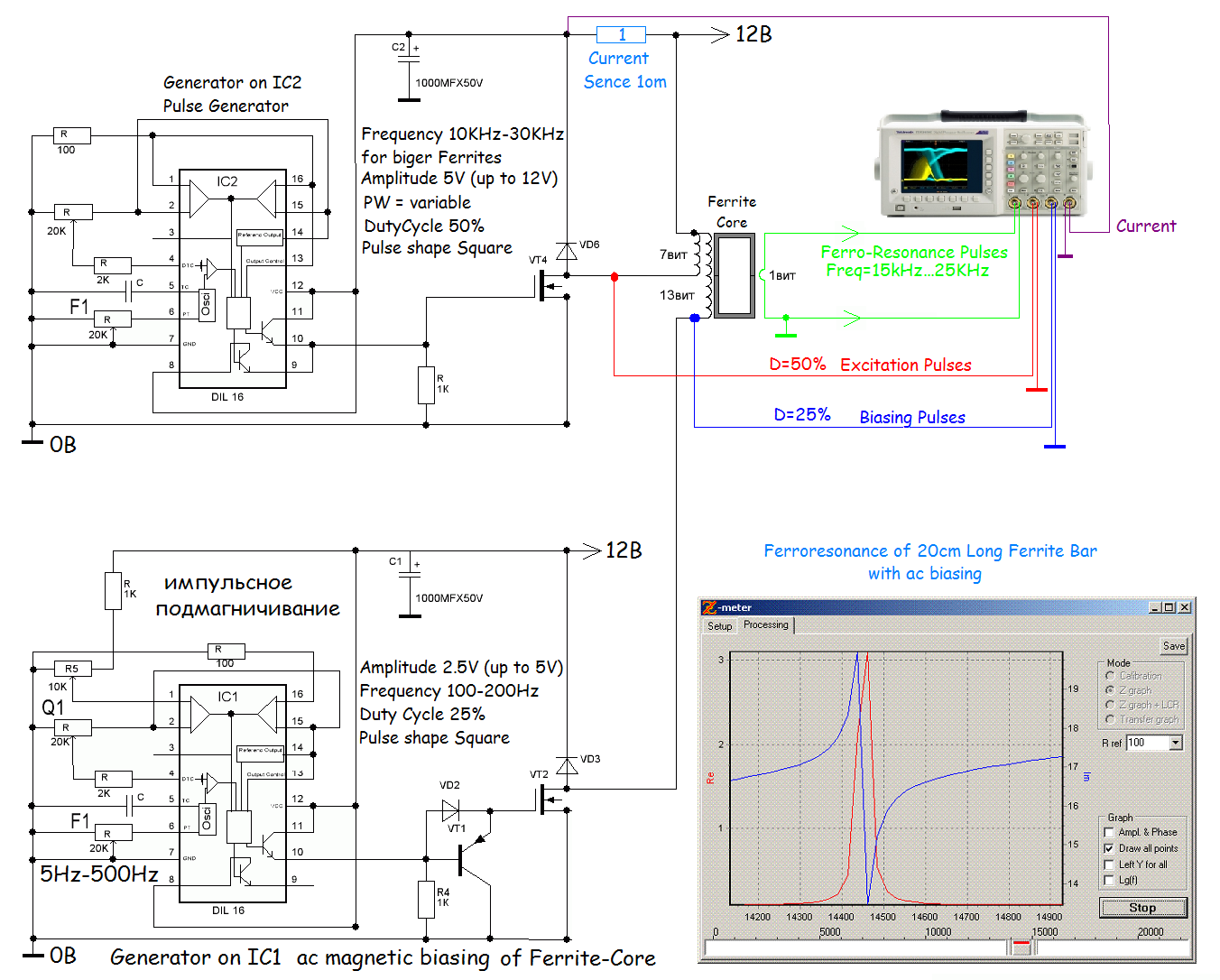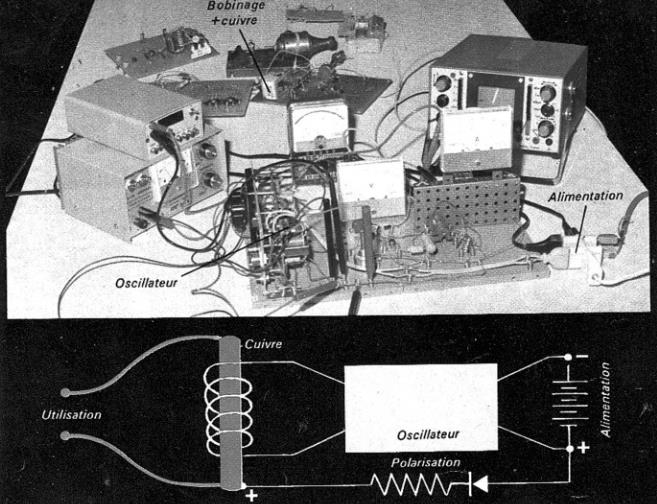Bang & Olufsen invented and patented the so-called Dolby HX PRO (Headroom eXtension) principle for combining bias control with the Dolby system for better high frequency response in cassette recorders. Tandberg invented the cross-field recording system for tape recorders where a separate head with the bias was used. This produced a better bias than by mixing the two signals in the recording head, but mechanical tolerances for cross-field are tight. The system required frequent readjustment and was largely abandoned.
Different amplitudes of bias field are optimal for different types of tape, so most recorders offer a bias setting switch on the control panel, or, in the case of the compact audio cassette, may switch automatically according to cutouts on the cassette shell. Ferric based tapes require the lowest bias field, with Chrome based tapes (including the pseudo chromes) requiring a higher level. Metal particle requires even more. Metal Evaporated tape accepts the highest level of bias, but it is mostly used for digital recording purposes (which does not have bias as the non linearity is not a major problem). The same is valid for a combination cassette tape, the FeCr-variant, on which a thicker Ferric layer was covered by a thinner chrome layer. The idea behind this was that at lower frequencies and higher head currents the Ferric layer would be more deeply magnetized, while at higher frequencies only the top Cr-layer was active. In practice, this didn't work well, and some claimed that this thin chrome layer was quickly polished off in heavy use."



